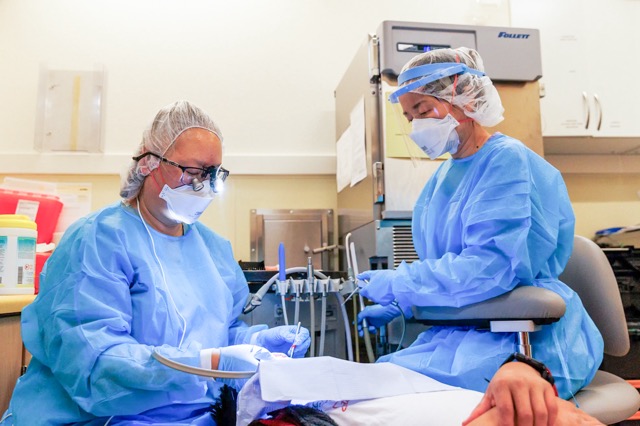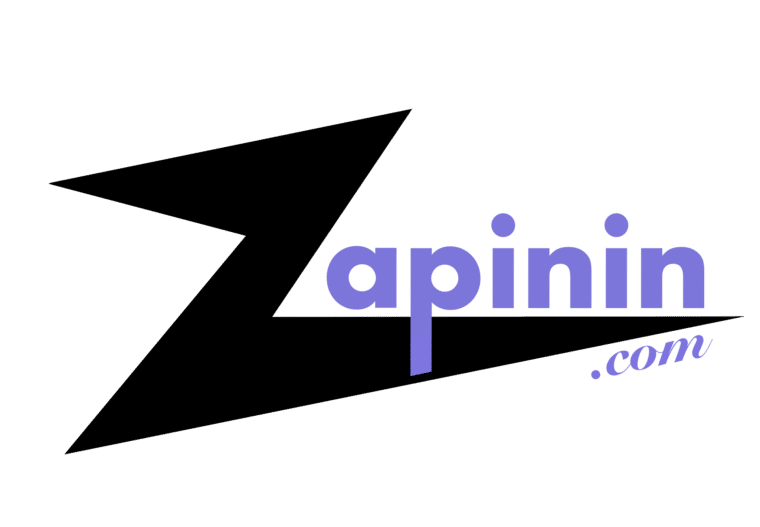Job Training Programs
BY EDGAR ALAS, CalMatters (Guest Commentary)
Edgar Alas is a registered dental assistant in San Francisco. He completed two job training programs with Jewish Vocational Service Bay Area.
Growing up in El Salvador, I was certain that coming to the United States would be my ticket to economic opportunity. But the reality in California and elsewhere is that traditional pathways to higher-wage employment, like training or a four-year degree, are out of reach for many young jobseekers like me. It will only become harder if the state cuts career training programs like the one that got me where I am today.
When I arrived in the Bay Area in 2017, a career in health care seemed to be the perfect way to combine my passion for helping people with the benefits of a quality job, but I was unable to meet the educational and financial requirements to become a nurse while I worked to support my family.
I was renting a small room with my uncle, working two low-wage part-time jobs, and struggling to stay on top of rent and other bills. In 2022, I learned about Jewish Vocational Service’s Foundations in Dental Assisting program. While many jobs face uncertain futures and instability, dental assisting is a stable, in-demand career pathway.
The average wage for dental assistants in California is over $25 per hour, with employment opportunities projected to grow 20% by the next decade. Not only was the program completely free but it included a paid internship, hands-on experience and more to ensure I was successful in the dental field. After finishing a second program this year, I’m now a registered dental assistant with a full-time job and opportunities for advancement — but the impact of these programs extends far beyond securing employment.
The mentorship, networking opportunities and practical job training gave me a sense of confidence that I could excel. I plan on attending dental hygiene school soon, a goal I never thought was possible when I began this journey.
Programs like these are typically government-funded, and many have been put on the chopping block as the state grapples with a budget deficit. While lawmakers rejected proposed cuts to the High Road Training Partnerships, which funds career training programs like mine, the final approved budget includes $746 million in cuts to healthcare workforce development programs. San Francisco lawmakers are also considering funding cuts for the city’s Office of Economic and Workforce Development, which could lead to layoffs at nonprofits that rely on public agencies to support the training programs they provide.
With workforce development funding at risk, organizations could end up serving fewer jobseekers who rely on them to gain access to quality careers. These programs are vital for many young people in California, especially those from immigrant, Black, Indigenous, and communities of color, as well as other underrepresented populations who face barriers to stable employment.
Investing in workforce development is an investment in the future of California. Career training programs help jobseekers explore alternative career options in crucial industries that are experiencing staffing shortages, such as health care, manufacturing and water. Maintaining this funding gives young people, regardless of their background, a fair chance at success. It also expands the state’s skilled workforce so California can meet the demands of the future.
Cutting funding to these programs would be a disservice to the many jobseekers in California who rely on these opportunities to improve their lives, just as I did.
Leaders across the state must continue funding high-road training and similar initiatives, ensuring that programs like the ones I participated in can keep transforming lives and building a stronger workforce for the state’s future.
For More California News Visit www.zapinin.com/california-news.


